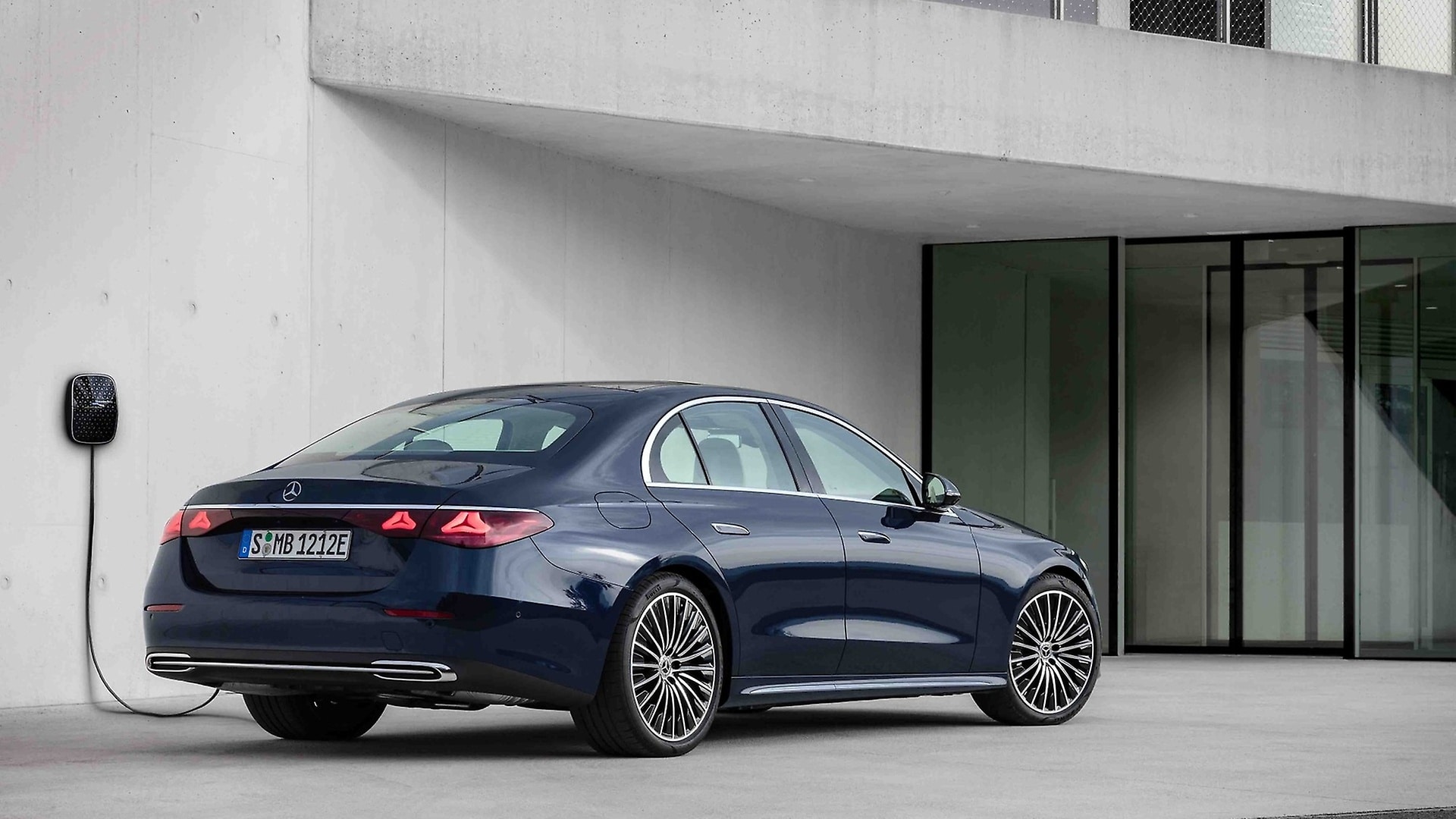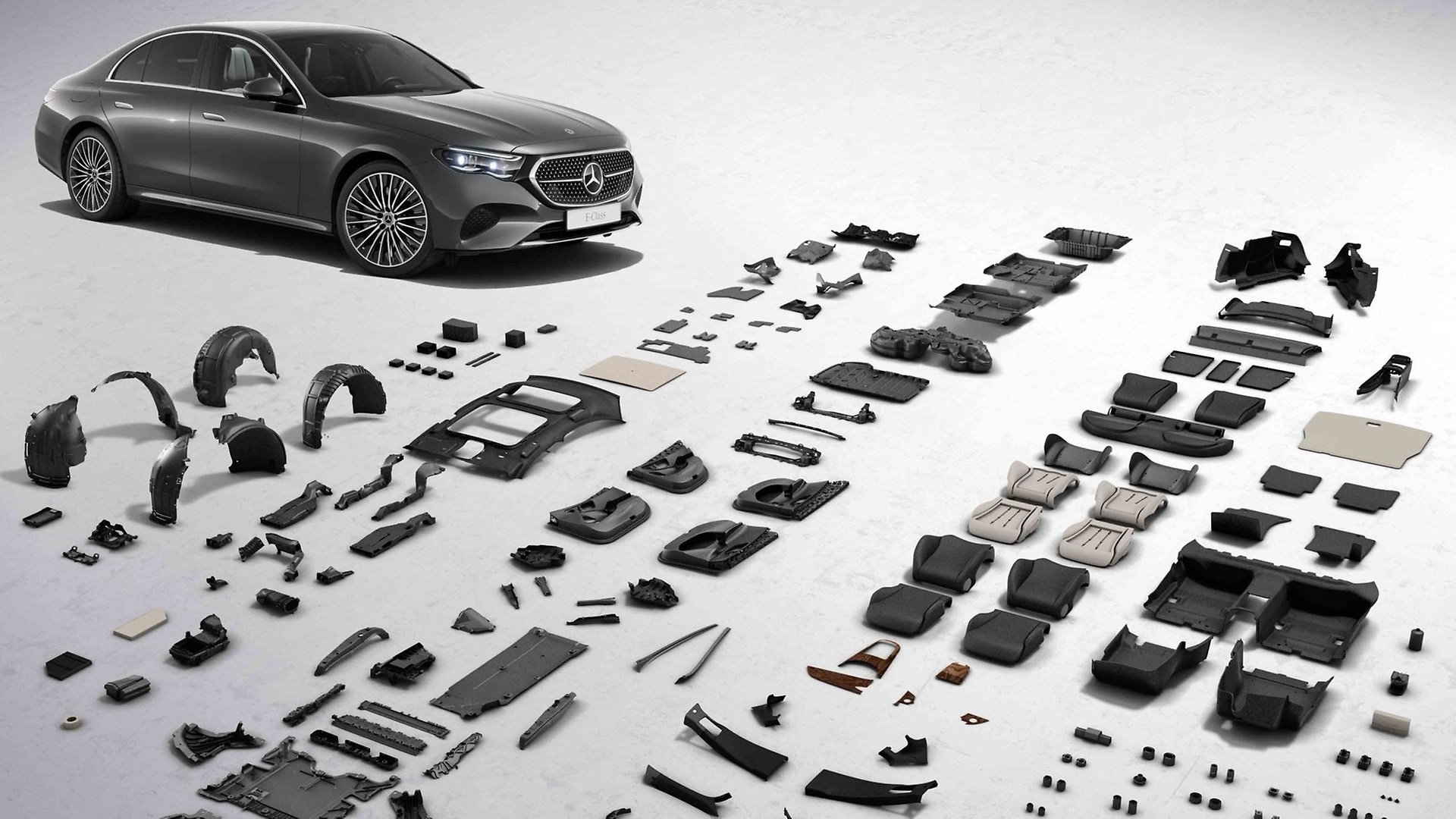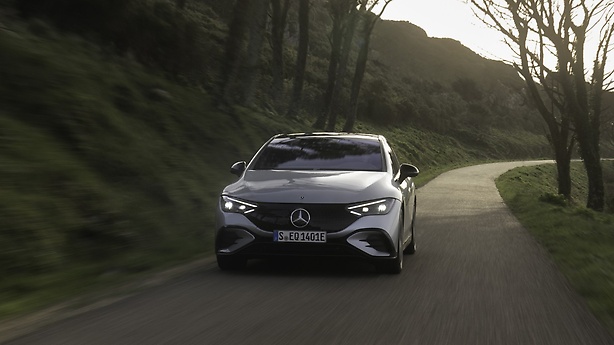To show the influence of using renewable energy to charge this plug-in hybrid, Mercedes-Benz compares two possible scenarios²: the driver uses electricity either from renewable sources or from the conventional EU electricity mix. In the first scenario, the CO₂ emissions over the entire lifecycle of the E 300 e are almost half of those in the second scenario. Both calculations are based on a total distance driven of 250,000 kilometres.
Since the market launch of the new E-Class, Mercedes-Benz has been offering no fewer than three fourth-generation plug-in hybrid models. With an increase in the electric range of the E 300 e to as much as 118 kilometres (WLTP)³, drivers can cover the majority of everyday trips without using the internal combustion engine. Based on route-guidance information from the navigation system, the intelligent operating strategy schedules the electric-drive mode for those sections of the route that make most sense. For instance, in the hybrid drive programme, the system prioritises electric drive for sections through urban areas. The operating strategy considers factors such as navigation data, topography, speed limits and traffic conditions along the entirety of the planned route.
,xPosition=0,yPosition=0.5)


,xPosition=0.5,yPosition=0)
,xPosition=0.5,yPosition=0)